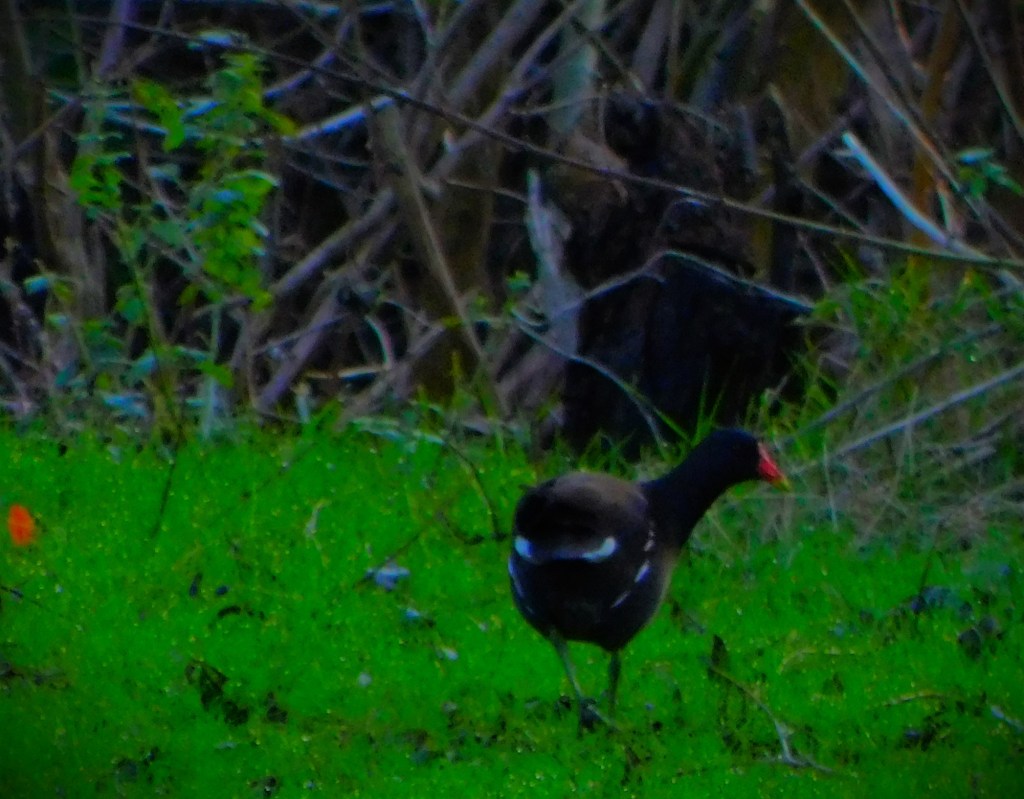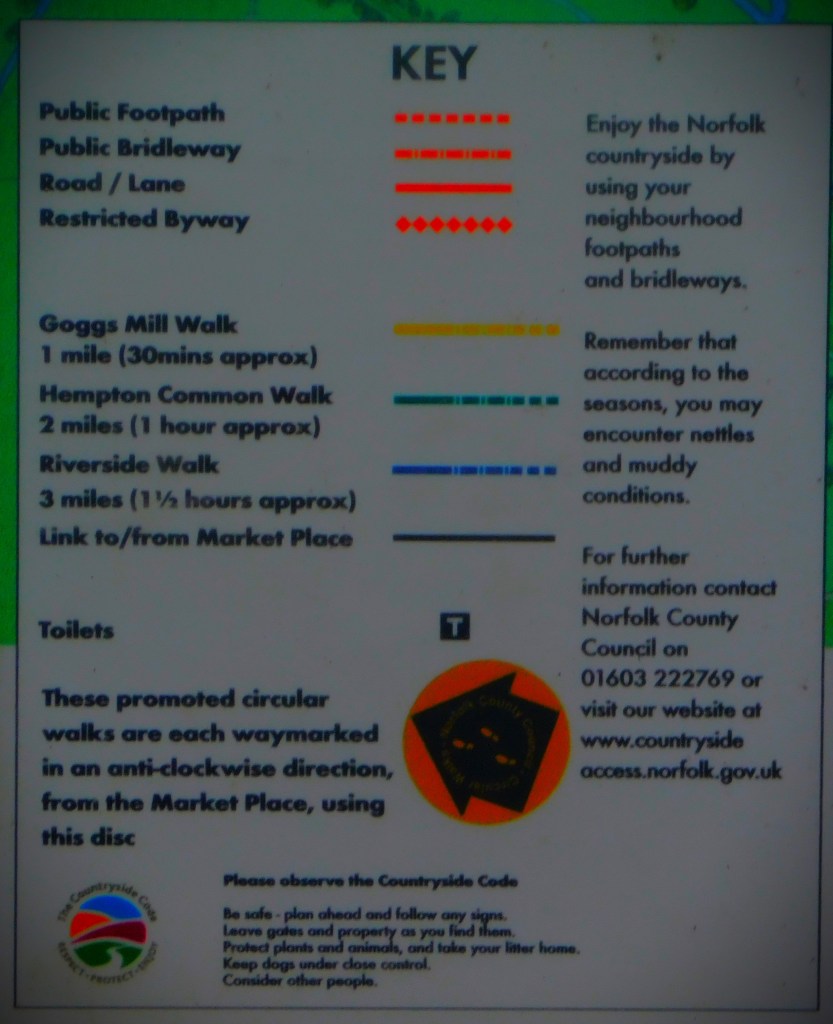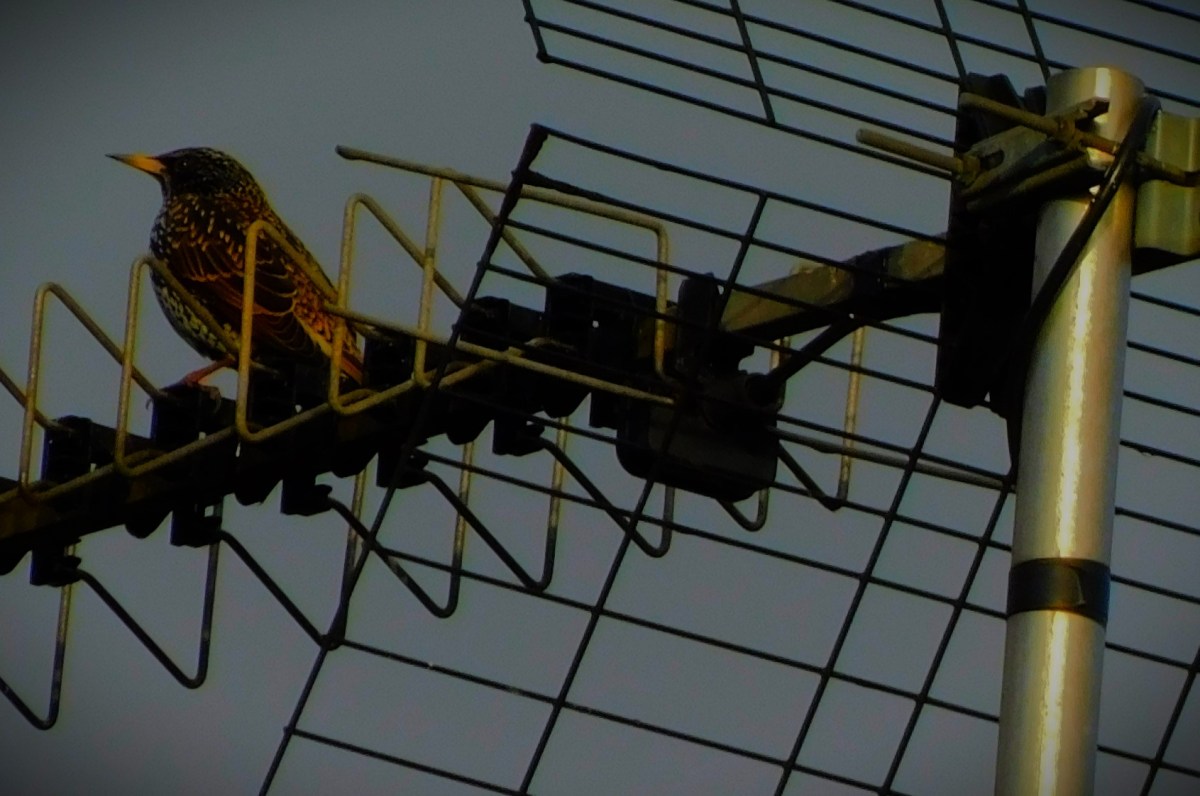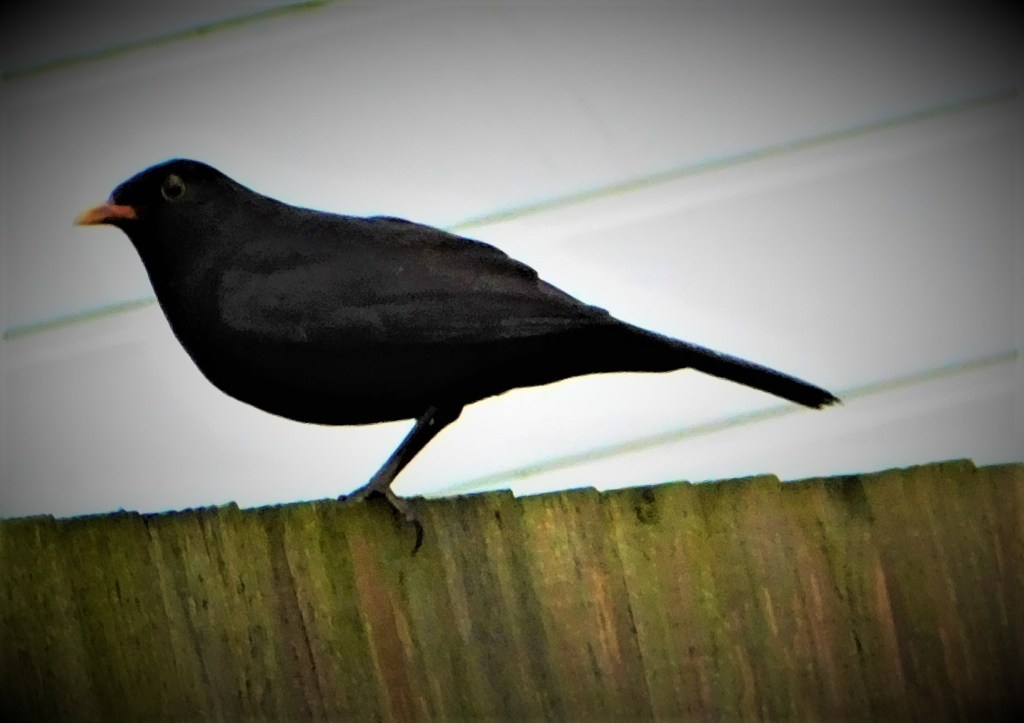This morning UK time Melbourne Stars hosted Sydney Sixers in the Big Bash League. This post looks back at the match.
THE STARS INNINGS
Glenn Maxwell scored 31 off 14 balls, but no one else in the Stars line up came close to firing on all cylinders. Off spinner Todd Murphy bowled superbly and was rewarded with 2-15 from his four overs. Sean Abbott, the leading wicket taker in BBL history, would have been extremely disappointed to record 4-0-36-0 in a moderate opposition total. Stars finished with 156-4, the kind of total no team should ever record in a T20 innings – to bat through the whole 20 overs losing only four wickets and finish with a run rate of under eight an over is unacceptable, and I fully expected this total not to pose any great threat. Cricinfo’s ‘Win Predictor’ tool was slightly less scathing in its assessment than me, giving Sixers an initial 61% chance of a successful chase to Stars 39% chance of a successful defence.
THE SIXERS REPLY
Sixers started fairly slowly, but safely. The loss of Philippe to the penultimate ball of the opening Power Play made it 29-1, at which point Daniel Hughes joined James Vince. By the halfway point this pair were still together, though the required run rate had climbed to 8.90 per over. The 11th and 12th overs started to swing things firmly in Sixers favour, and then, with Vince and Hughes still together they took their Power Surge, very well timed in my estimation. Of course taking those two overs of Power Surge at a sensible time is only half the equation – you then still have to make full use of them. Sixers did exactly that, scoring 29-0 from the two overs in question, to be 122-1 after 14 overs. This meant that the RRR was below six an over, with the CRR up at 8.71, and barring a spectacular crash of wickets the game was as good as done – Sixers might conceivably have lost it from there, but Stars could not win it without the assistance of their opponents. In the event Sixers were icy cool, and by the time Vince was out for a superb 79 the target was down to 18 off 3.4 overs with seven wickets left. There were still seven wickets standing when Jordan Silk calmly turned the first ball of the 19th over into the leg side for the winning runs. A single would have been enough as scores were level by then, but the ball actually ran away for four. The only stage at which Sixers looked like they were other than in total control of the situation was when Maxwell was going well early in the Stars innings – even when they were significantly behind the required rate at the halfway stage of their innings they had nine wickets standing. The timing and use of the Power Surge were exemplary, realizing that they were superbly placed to take it at the end of the 12th over and not delaying in the hope of being even better placed later. Wickets can be lost in the Power Surge, but I have also seen wickets fall when a team delays the Power Surge and I would always prefer a team to be overbold about taking it than overcautious. Sixers are now very well placed to qualify for the KO stages, while Stars are very unlikely to do so – they would need to win all their remaining games and have a few other results go their way into the bargain. One other small point: in spite of the fact that most of the problems in both innings were caused by slower bowlers Stars opted to give Jonathan Merlo (right arm medium fast) his first over in this season’s competition, which worked out horrendously, costing 13 runs. Since Merlo was officially scheduled to bat at number nine, the fact that he hardly bowls, which today’s effort made only too easy to understand, this raised the question of just what he was doing in the XI.
PHOTOGRAPHS
My usual sign off…





























































































